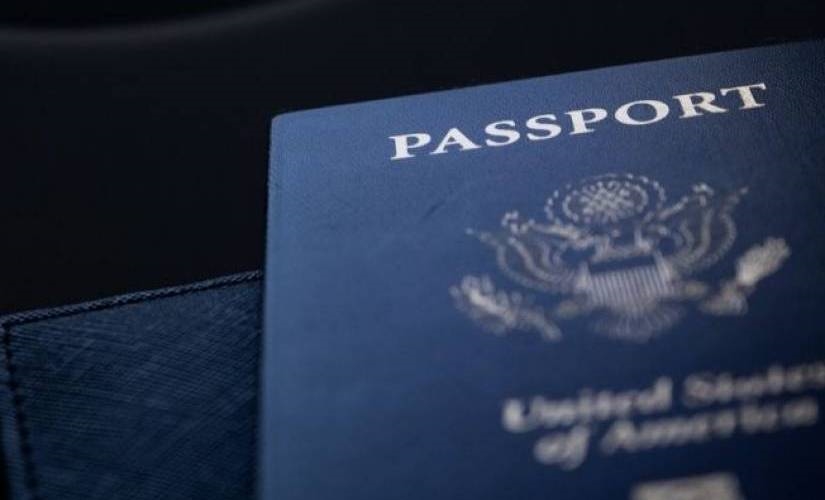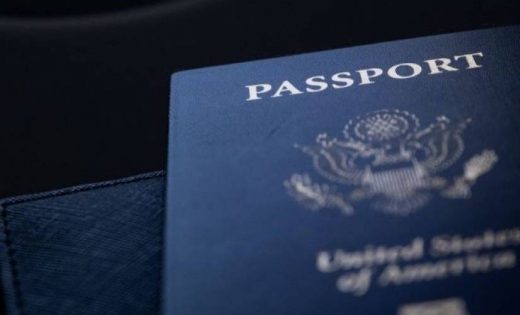Why the H-1B Visa Freeze Puts the Tech Sector in Jeopardy
Why the H-1B Visa Freeze Puts the Tech Sector in Jeopardy

On June 22, President Trump signed an executive order temporarily suspending visas like H-1Bs. The ban seeks to ensure that there are open positions for American workers, citing COVID-related job losses. Without H-1B visa holders, though, the U.S. tech industry could face some considerable new challenges.
An H-1B is a work visa for workers in specialty fields like IT, science, and medicine. As a non-immigrant visa, it goes to people who aren’t U.S. residents but want to stay in the country temporarily. Before the ban, the U.S. would give out a limited number of H-1Bs a year, but now, they won’t issue until 2021.
Supporters of the ban point towards the unemployment rate, which neared 15% in April. Supposedly, suspending work visas would help keep jobs open for Americans who lost their jobs. That’s a reasonable cause, but this visa freeze may do more harm than good for the tech industry.
America’s Tech Talent Deficit
The U.S. has dealt with a tech talent shortage long before the pandemic hit. In the past few years, the technology industry has boomed, but the number of qualified workers hasn’t kept up. There’s too much demand for American workers to fill all of the open tech positions.
Mehul Patel, CEO of tech recruiter Hired, explains how every company is a tech company in today’s world. Even if a business doesn’t design or build technology, it needs IT workers to function. Technology has become inseparable from all kinds of businesses, leading to a massive demand for tech workers.
As of late 2019, there were roughly 918,000 unfilled IT positions among American employers. Fewer than 70,000 people graduate with a computer science degree each year, leaving a considerable gap even if every graduate got an IT job. Even if workers took every available H-1B visa a year, it wouldn’t be enough to fill this skills gap.
Before the ban, the U.S. only issued 85,000 H-1Bs a year. This visa program helps tech companies account for the talent deficit, but not entirely. Even with the H-1B program in full force, there would still be tech jobs available for American workers.
The Tech Industry’s Reliance on H-1B Visa Holders
Given the skills gap, banning H-1Bs won’t impact on the number of available tech jobs much. Not only would it be ineffective in improving job availability, but it could go so far as to damage the industry. Since the tech sector has such a considerable talent shortage, it’s come to rely on the H-1B program.
More H-1B visas go to workers in the tech industry than any other sector. In 2017, Amazon alone hired 2,500 H-1B holders, and the other top H-1B hirers were all tech companies. Losing these workers means that the nation’s tech businesses would lose a substantial part of their workforce.
At current levels, the U.S. isn’t producing enough qualified tech workers to sustain the industry’s astronomical growth. Tech companies have embraced H-1B workers because it helps them make up for this gap. Since the pandemic has contributed even more to tech’s growth, businesses need these workers more than ever.
Losing a Competitive Edge
Filling the skills gap isn’t the only reason why tech has turned to the H-1B program. Being able to pool talent from other countries has enabled U.S. tech companies to acquire the business’s best minds. This visa program is a major reason why the U.S. has dominated the global tech market.
Hiring foreign workers helps U.S. companies get the best talent that the world has to offer. It also brings that talent away from other nations, further solidifying America’s competitive edge. Without these workers, the U.S. could lose its status as a world leader in technology.
The consumer tech sector accounts for almost 12% of the GDP, generating $ 2.3 trillion annually. If the industry loses one of its most profitable advantages, it could impact the U.S. economy as a whole. As the sector loses some of its best talent, it could become less profitable, contributing less to the economy.
If the U.S. loses its spot a the top tech nation, it could draw American employees out. Tech graduates could leave the country to work in other nations with a better technology market.
Nearshoring as a Response to the Ban
If tech companies can’t use H-1Bs, they may turn to other options that could hurt American jobs. One potentially lucrative option is nearshoring, which involves hiring staff in other counties in similar timezones. Nearshoring gives businesses the advantages of offshoring while being able to collaborate more easily.
Nearshoring would enable U.S. tech companies to retain international talent and keep their competitive edge. While it may sustain the tech industry, this movement could impact American jobs more than the H-1B program would. As more companies nearshore to make up for the H-1B freeze, they could prefer it over hiring locally.
There’s a limited number of available H-1Bs, but there’s no limit on how much nearshoring a company can do. The H-1B freeze could lead to a surge in nearshoring’s popularity, leading to fewer Americans’ available jobs. This strategy was always an option, but it may be a more enticing one without the H-1B program.
Opposition to the Visa Freeze
The tech sector is well aware of how the H-1B freeze could threaten it. In response, a group of tech giants filed an amicus brief against the ban in early August. The group, which includes companies like Amazon, Facebook, and Microsoft, argued that the ban would cause irreparable damage to the U.S. economy.
Technology companies aren’t the only organizations that announce opposition to the temporary ban either. In July, several business groups filed a lawsuit against Homeland Security and the State Department over the freeze. With plaintiffs like the Chamber of Commerce, this lawsuit has the potential to change something.
Google and Spotify also filed a request to support this lawsuit. The case goes beyond stating the ban’s potential economic impact, claiming that it exceeds the president’s authority. With all of this opposition, the H-1B freeze may not go into effect, but the lawsuit’s outcome remains uncertain.
What Will Happen to Tech When the Ban Lifts
If lawsuits don’t reverse it, the ban will last until the end of 2020, unless authorities think they need to extend it. Even if it does end in December, the tech industry may not revert to its previous state. Just a few months of restriction is enough to change an entire industry, especially one as fast-paced as technology.
The tech industry needs to move fast to meet ever-changing demands and to stay ahead of the competition. If the H-1B ban lasts long enough, tech companies will have to adjust, which could likely mean outsourcing or nearshoring. A few months of these practices could lead the industry as a whole to adopt them, too.
If tech businesses don’t resort to these strategies, the ban would still have lasting effects. A few months without access to the world’s top tech talent is more than enough for the industry to fall behind. By the time the ban lifts, potential H-1B applicants may want to stay in other countries with better tech industries.
As more tech talent emerges, the reinstated H-1B program could start to fuel the U.S. tech sector again. It would take a long time for it to get back to where it was before, though. The tech industry could reach its former glory again, but it won’t be immediate.
The Future of the U.S. Tech Industry Is Uncertain
At this point, all of these outcomes are just speculation. Whether or not the H-1B visa ban will last is up in the air, how U.S. tech companies will react. While none of these consequences are certain, most of them aren’t promising either.
The visa freeze has the potential to threaten the U.S. tech industry. The H-1B program is one of its greatest strengths, and without it, U.S. tech may not be able to keep its lead.
The post Why the H-1B Visa Freeze Puts the Tech Sector in Jeopardy appeared first on ReadWrite.
(54)


